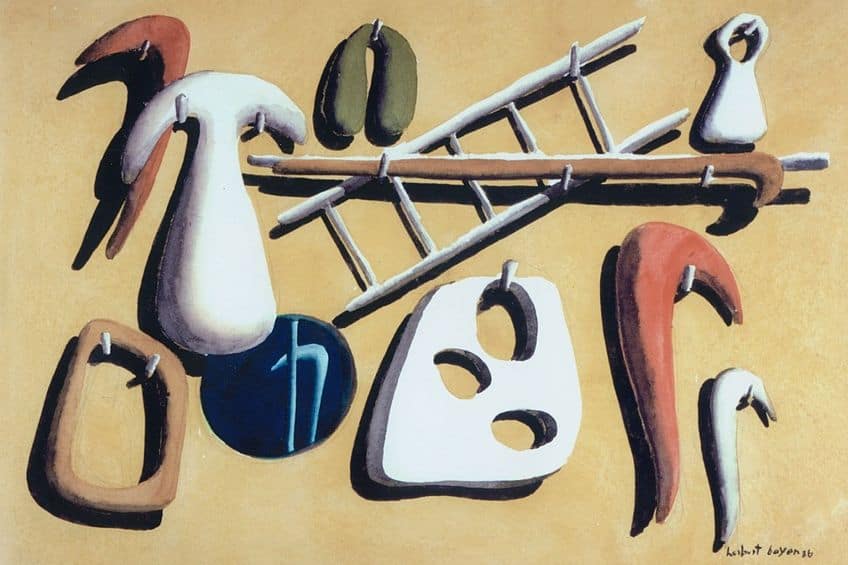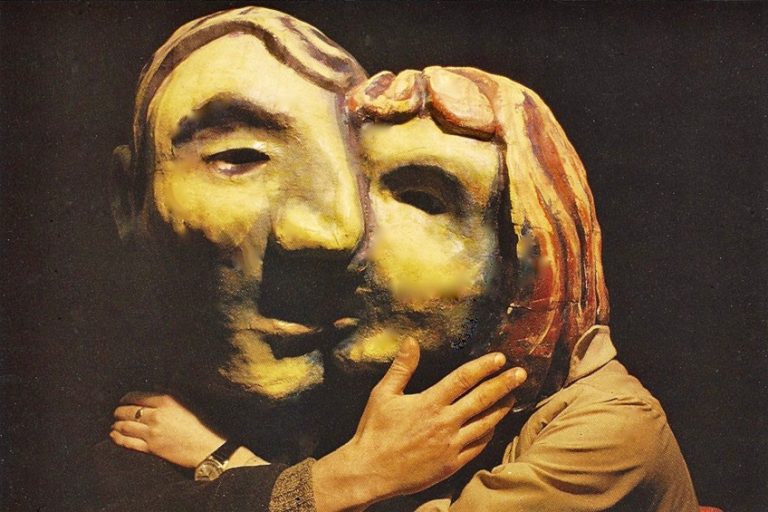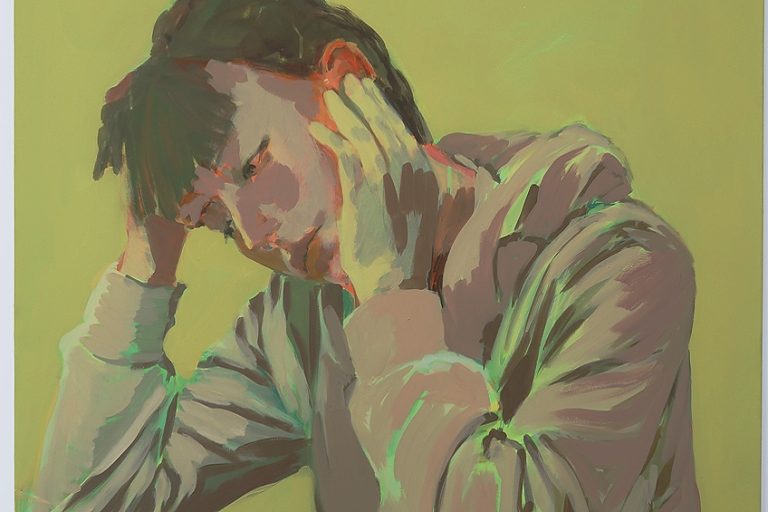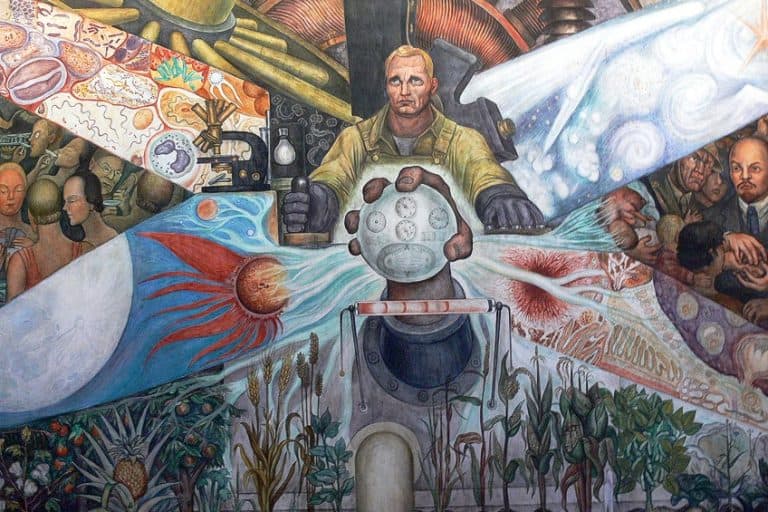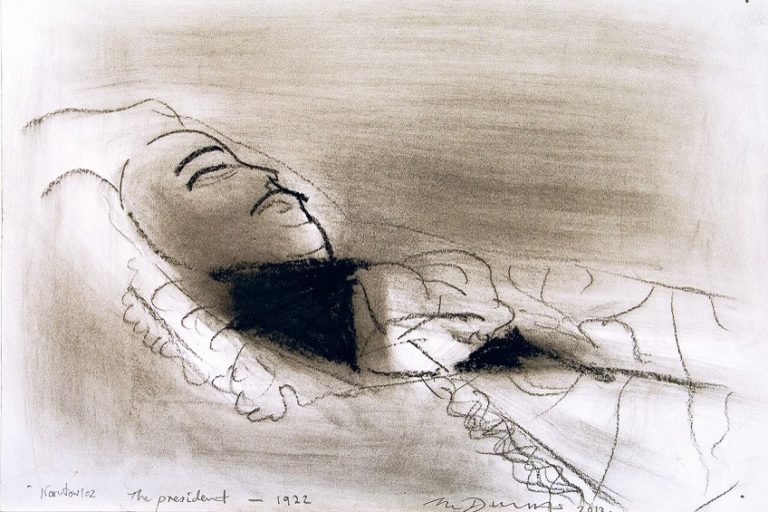Herbert Bayer – A Master of Design, Photography, and Sculpture
Herbert Bayer, a pioneering figure in 20th-century art and design, left an indelible mark on the creative landscape through his groundbreaking work in typography, graphic design, painting, and architecture. Born in Austria in 1900, Bayer’s early career saw him at the forefront of the Bauhaus movement, where he explored the intersection of art, technology, and visual communication. His innovative use of geometric forms, sans-serif typography, and bold colors continues to influence modern design practices. Beyond his iconic contributions to design, Bayer’s ventures into painting and environmental design further showcase his multidisciplinary genius. This article delves into the life, work, and enduring legacy of Herbert Bayer, celebrating his enduring impact on the art and design world.
Key Takeaways
- Herbert Bayer was a pivotal figure in the graphic design world with roots in the Bauhaus movement.
- His career in the United States helped spread European design principles and shaped modern visual arts.
- Bayer’s legacy is evident in contemporary design education and the ongoing relevance of his work in graphic design and typography.
Early Life and Bauhaus Influence
| Birth | April 5, 1900 |
| Death | September 30, 1985 |
| Palace of Birth | Haag, Austria-Hungary (now Austria) |
| Genre of Work | Graphic design, photography, painting, sculpture, and architecture |
Herbert Bayer was an influential figure in the development of graphic design, leaving a multifaceted legacy that continues to inform visual arts today. Born in Austria in 1900, he became associated with the Bauhaus, a revolutionary school of art, design, and architecture in Germany, where he studied and later taught. Bayer’s work at the Bauhaus set the foundation for his approach to art, which aimed to integrate all aspects of visual design. His contributions spanned graphic design, typography, photography, painting, and even exhibition design.
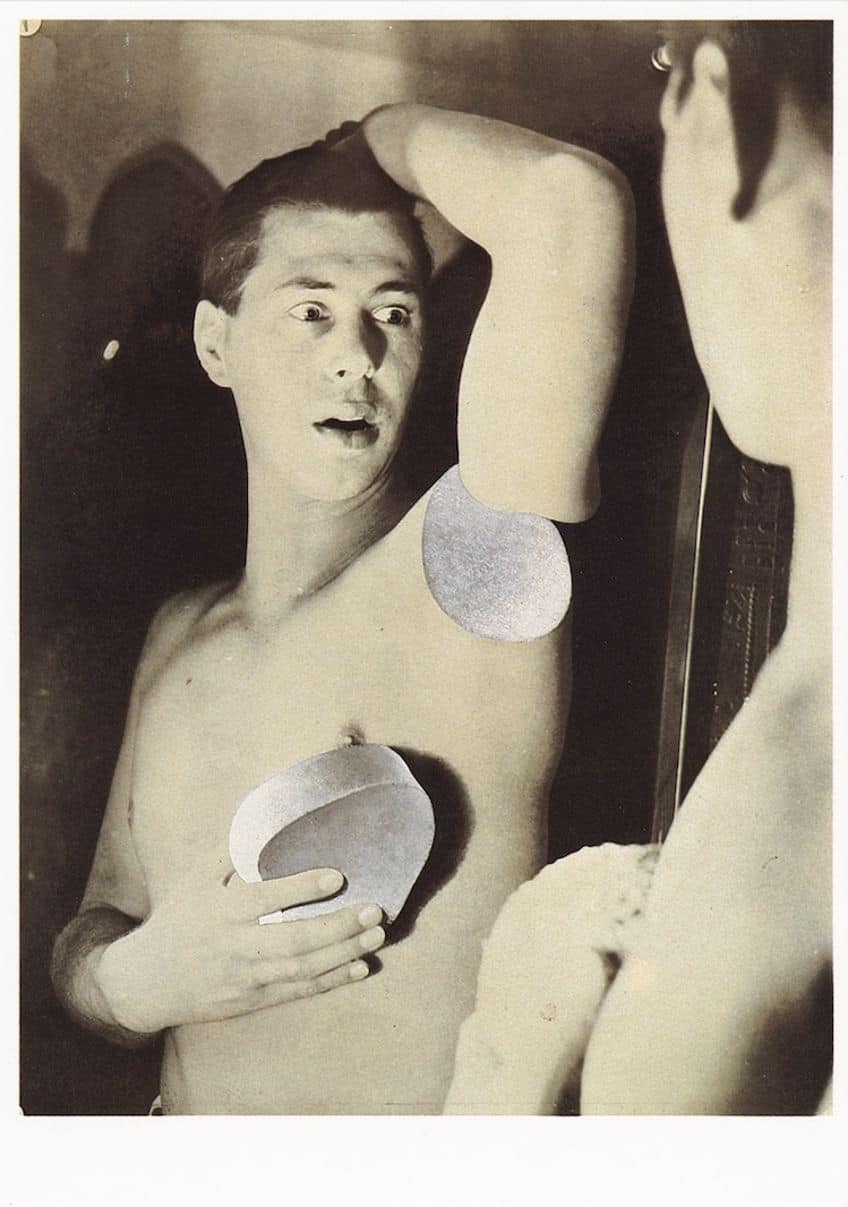
Moving to the United States in 1938, Bayer continued to apply and disseminate the principles he had embraced at the Bauhaus. He was not just a practitioner but also an educator, imparting the philosophies and techniques that would shape modern design. Throughout his career, Bayer worked with corporate clients, including the Atlantic Richfield Company, and his work was recognized in numerous exhibitions, reflecting his constant evolution as an artist and designer.
His comprehensive approach to art and his pursuit of integrating various artistic disciplines defined a significant part of his career and contribution to design and architectural theory.
Education at the Bauhaus
Born in Haag, Austria, on April 5, 1900, Herbert Bayer began his formal education in architecture in Darmstadt before moving to Weimar, Germany, where he attended the Bauhaus from 1921 to 1923. At the Bauhaus, a cradle of modernist design, Bayer immersed himself in the study of typography and mural painting, influenced greatly by the institution’s ethos of combining crafts and fine arts.

Influence of Kandinsky and Moholy-Nagy
While at the Bauhaus, Bayer was a student under the guidance of Wassily Kandinsky, from whom he learned mural painting. He also drew substantial inspiration from László Moholy-Nagy, a figure known for his pioneering work in photography and design.
These influences were foundational in shaping Bayer’s approach to art and design, emphasizing functionality and simplicity.
Early Career
Following his education, Bayer adopted and propagated the Bauhaus principles through various mediums. He served as the director of printing and advertising at the Bauhaus and became a key figure in developing the school’s graphic design identity. This period was crucial in defining his early career where he practiced as a graphic artist, applying his Bauhaus education to practical design work.
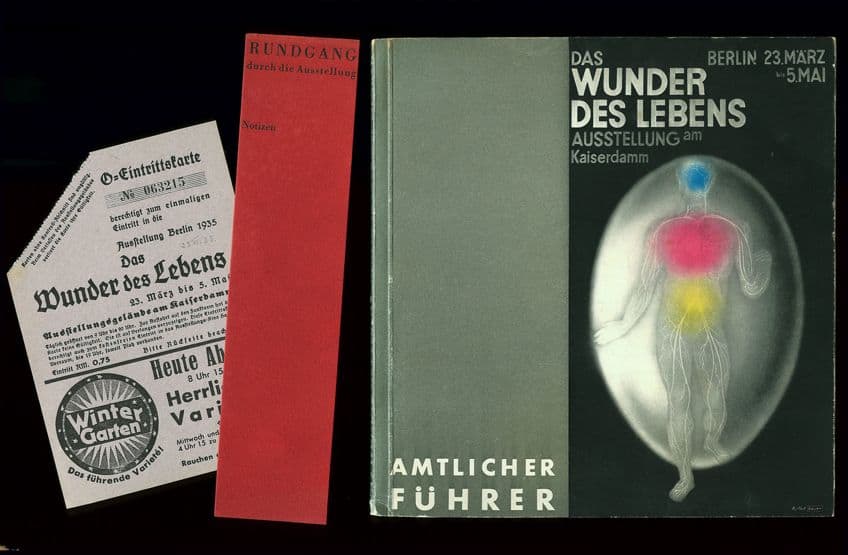
Late Career
After departing from the Bauhaus, Bayer continued to embed the school’s principles in his work. His career in the United States, where he moved in 1938, saw him influencing the American visual and architectural landscape through the integration of Bauhaus aesthetics.
Bayer’s work, spanning graphic design, painting, and architecture, ensured the legacy of the Bauhaus lived on in diverse artistic expressions.
Career and Artistic Contributions
Herbert Bayer was an influential figure in multiple fields of visual arts, leaving a lasting mark on graphic design, typography, and photography. His career saw significant contributions to the Bauhaus movement, and his work extended to exhibition design and advertising.
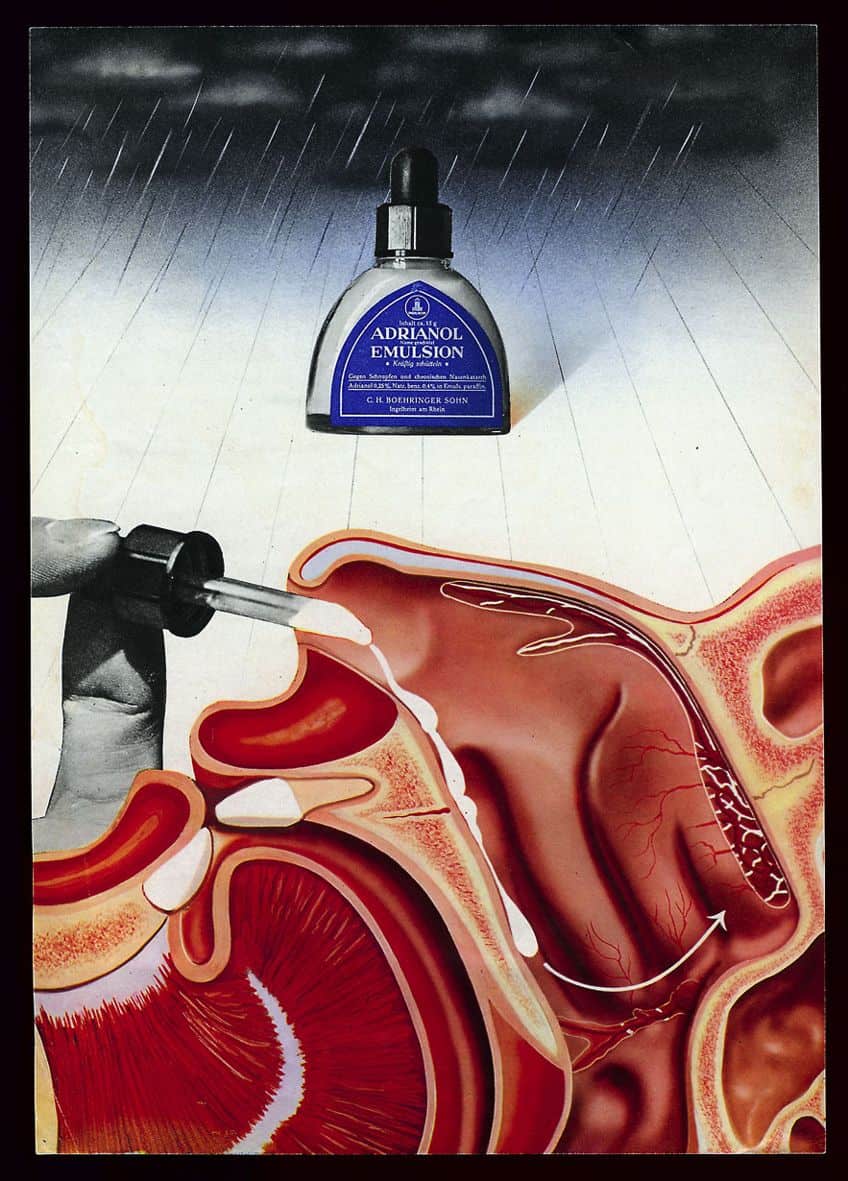
Typography and Graphic Design
Herbert Bayer’s proficiency in graphic design and typography was evident during his time at the Bauhaus from 1921 to 1923 and as a teacher there from 1925 to 1928. He is especially renowned for developing a simplified, universal typeface, which exemplifies the Bauhaus ethos that an object’s form should reflect its function.
Bayer applied his graphic design skills in various advertising campaigns, including for the magazine Vogue, where his clean, modern designs connected with a broader audience.
Exhibition Design and Murals
After departing from the Bauhaus, Bayer moved to Berlin, where he made significant contributions as an art director, particularly in the realm of exhibition design. His approach integrated various artistic disciplines and translated complex concepts into visual experiences. In mural painting, Bayer’s style was synonymous with the integration of art and architecture, as seen in the numerous public and private spaces he decorated.
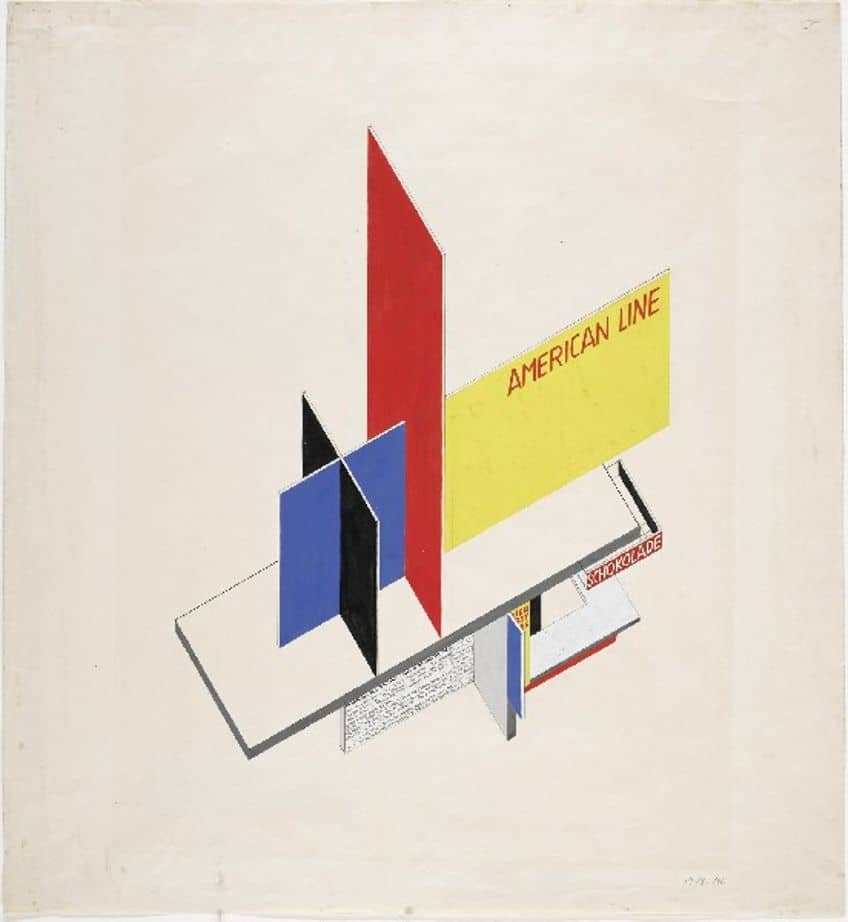
Photography and Photomontages
Bayer’s innovation extended to photography and photomontage, which he began exploring more deeply after moving to New York. His work in this area was marked by a combination of graphic intensity and photographic realism.
These creations contributed to Bayer’s reputation as a polymath artist, and some of his photography-related works are held in prestigious institutions such as the Museum of Modern Art.
Notable Works and Exhibitions
Herbert Bayer’s career as an artist and designer spans various domains from painting and sculpture to graphic design and architecture. His works have been displayed in significant solo exhibitions and are part of prestigious collections around the world, showcasing his influence in the sphere of modern art.

Major Solo Exhibitions
- Herbert Bayer: Bauhaus Master at the Cooper Hewitt Smithsonian Design Museum offered a detailed inspection of Bayer’s innovative work and his influence as a Bauhaus educator.
- An exhibition named Herbert Bayer: An Introduction at the Resnick Center for Herbert Bayer Studies, running from June 2022 to April 2023, highlighted a comprehensive array of Bayer’s creations across his lifetime.
Collaborative Projects and Contributions
- While engaged with the Bauhaus School of Design, Bayer collaborated on projects that unified form and function, a testimony to the school’s ethos of blending different arts and crafts.
- He worked with the Container Corporation of America, enhancing corporate art collections through his graphic design and advertisement approach.

Collections and Acquisitions
- The Denver Art Museum is one of the institutions that houses a significant collection of Bayer’s work. His influence on the museum’s approach to modern art is notable.
- The Merrill C. Berman collection acknowledged Bayer’s contributions by acquiring his work, thereby reflecting the breadth of Bayer’s artistic endeavors across various mediums.
Later Years and Legacy
Herbert Bayer’s later years were marked by significant contributions to art and design, particularly within the realms of environmental art at the Aspen Institute and his profound influence on modern design aesthetics.

Aspen Institute and Environmental Art
In the United States, specifically in Aspen, Colorado, Herbert Bayer was instrumental in establishing the Aspen Institute as a hub for intellectual and cultural exchange. He not only contributed to the architectural design but also to the landscape by creating environmental sculptures.
His work in Montecito, California, further exemplified his penchant for integrating artistic vision with the natural environment.
Bayer’s Impact on Modern Design
Bayer’s legacy in modern design is vast and multifaceted. He was a pioneer in the development of graphic design, leaving an indelible mark with his clean, functional, and structured designs. His work in typography, especially his creation of a universal typeface, solidified his influence in the realm of design. Ellen Lupton, a notable figure in the world of graphic design, acknowledges Bayer’s significance in shaping modernist design language. Bayer’s approach, devoid of surrealism, embraced a more straightforward, rational presentation that is still revered and emulated today.
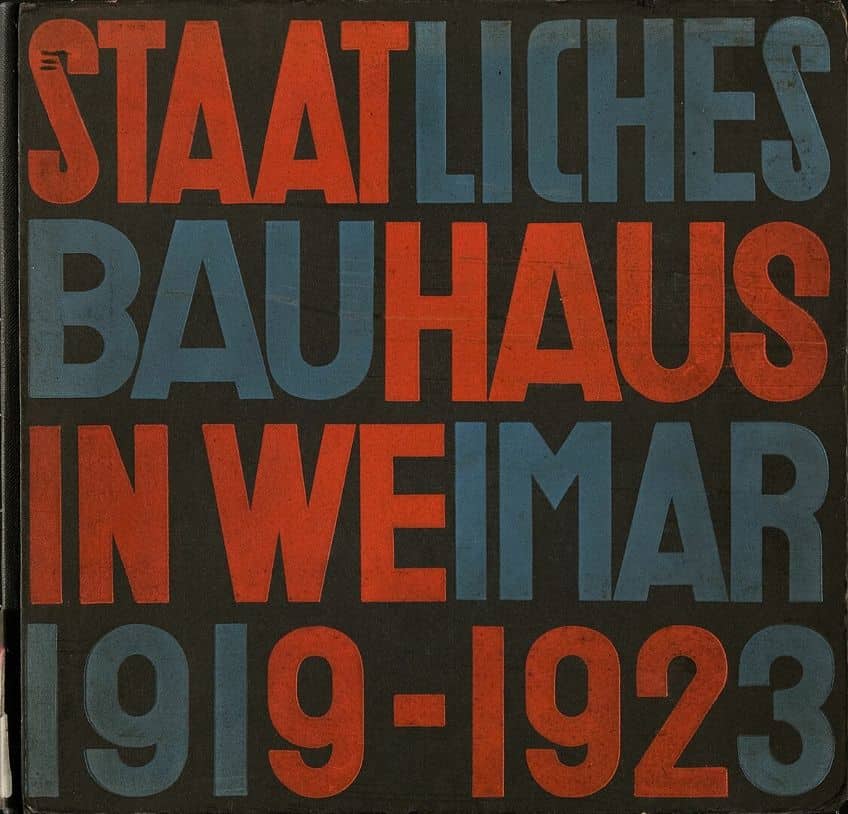
Legacy of Herbert Bayer Today
Herbert Bayer’s multidisciplinary approach continues to resonate in contemporary design, visual arts, and architecture. His legacy is preserved, particularly in Aspen, Colorado, where he influenced the cultural and artistic landscape in profound ways. After moving to Aspen in 1946, Bayer spent three decades contributing to the town’s transformation into a premier destination for skiing, arts, and culture.
The Aspen Institute, a global nonprofit, showcases Bayer’s impact through the Resnick Center for Herbert Bayer Studies. This institution operates as an exhibition space, a research center, and as a preserver of Bayer’s extensive artistic output.
Bayer’s works, ranging from paintings and sculptures to photography, are pivotal in studying modern art’s evolution. His photographs, some dating back to 1936, stand as important pieces in the history of fine art photography. Furthermore, his artistic principles and aesthetics can be seen in Aspen’s design and architectural ethos. Key points of Bayer’s legacy include:
- Established Aspen as an arts and skiing hub, alongside industrialist Walter Paepcke
- The Resnick Center for Herbert Bayer Studies encourages the study of art and culture
- Bayer’s influence is visible in Aspen’s design and architecture

Bayer’s involvement with the Bauhaus movement, renowned for its unique combination of fine arts and design, substantiates his role in shaping modern aesthetics. His multifaceted work remains a testament to the seamless blend of functionality and art, which continues to inspire artists and designers globally.
Herbert Bayer’s legacy as a visionary artist and designer resonates through generations, inspiring creatives across disciplines with his innovative approach and timeless aesthetic. His commitment to merging art with functionality, evident in his typography, graphic design, and architectural projects, continues to shape contemporary design principles. Bayer’s legacy serves as a testament to the power of experimentation, collaboration, and pushing the boundaries of traditional art forms. As we reflect on his contributions, we recognize Bayer not only as a pioneer of modern design but also as a beacon of creativity and innovation whose influence remains profoundly felt in the art world today.
Frequently Asked Questions
What Innovative Techniques Did Herbert Bayer Use in His Photography?
Herbert Bayer was known for experimenting with photo editing before digital tools were available. He manipulated his photographs through montages and surrealistic arrangements, creating new levels of expression within the medium.
How Did Herbert Bayer’s Approach to Typography Influence Modern Design?
Bayer’s approach to typography involved simplification and the use of lowercase letters. He designed a universal typeface that discarded serifs and focused on readability, promoting a functional style that has influenced modern typography.
In What Ways Have Herbert Bayer’s Designs Shaped the Bauhaus Movement?
Bayer’s designs epitomized the Bauhaus movement’s principles of functionality, minimalism, and a rejection of unnecessary embellishments. His works, ranging from graphic design to exhibition layouts, embodied the unity of art, craftsmanship, and technology championed by the movement.
What Are Some Notable Characteristics of Herbert Bayer’s Prints?
Bayer’s prints are marked by their clean geometric forms, a tight integration of lettering and image, and a reduced color palette. His commitment to minimalistic design principles was evident in his print work, which often displayed asymmetrical balance and dynamic compositions.
What Impact Did Herbert Bayer’s Posters Have on Graphic Design?
Bayer’s posters exerted a major influence on graphic design by integrating typography, imagery, and color in innovative ways. They showcased a departure from the ornate designs of the past and moved towards a cleaner, more functional aesthetic that is still employed in modern advertising and poster design.
Isabella studied at the University of Cape Town in South Africa and graduated with a Bachelor of Arts majoring in English Literature & Language and Psychology. Throughout her undergraduate years, she took Art History as an additional subject and absolutely loved it. Building on from her art history knowledge that began in high school, art has always been a particular area of fascination for her. From learning about artworks previously unknown to her, or sharpening her existing understanding of specific works, the ability to continue learning within this interesting sphere excites her greatly.
Her focal points of interest in art history encompass profiling specific artists and art movements, as it is these areas where she is able to really dig deep into the rich narrative of the art world. Additionally, she particularly enjoys exploring the different artistic styles of the 20th century, as well as the important impact that female artists have had on the development of art history.
Learn more about Isabella Meyer and the Art in Context Team.
Cite this Article
Isabella, Meyer, “Herbert Bayer – A Master of Design, Photography, and Sculpture.” Art in Context. April 30, 2024. URL: https://artincontext.org/herbert-bayer/
Meyer, I. (2024, 30 April). Herbert Bayer – A Master of Design, Photography, and Sculpture. Art in Context. https://artincontext.org/herbert-bayer/
Meyer, Isabella. “Herbert Bayer – A Master of Design, Photography, and Sculpture.” Art in Context, April 30, 2024. https://artincontext.org/herbert-bayer/.


